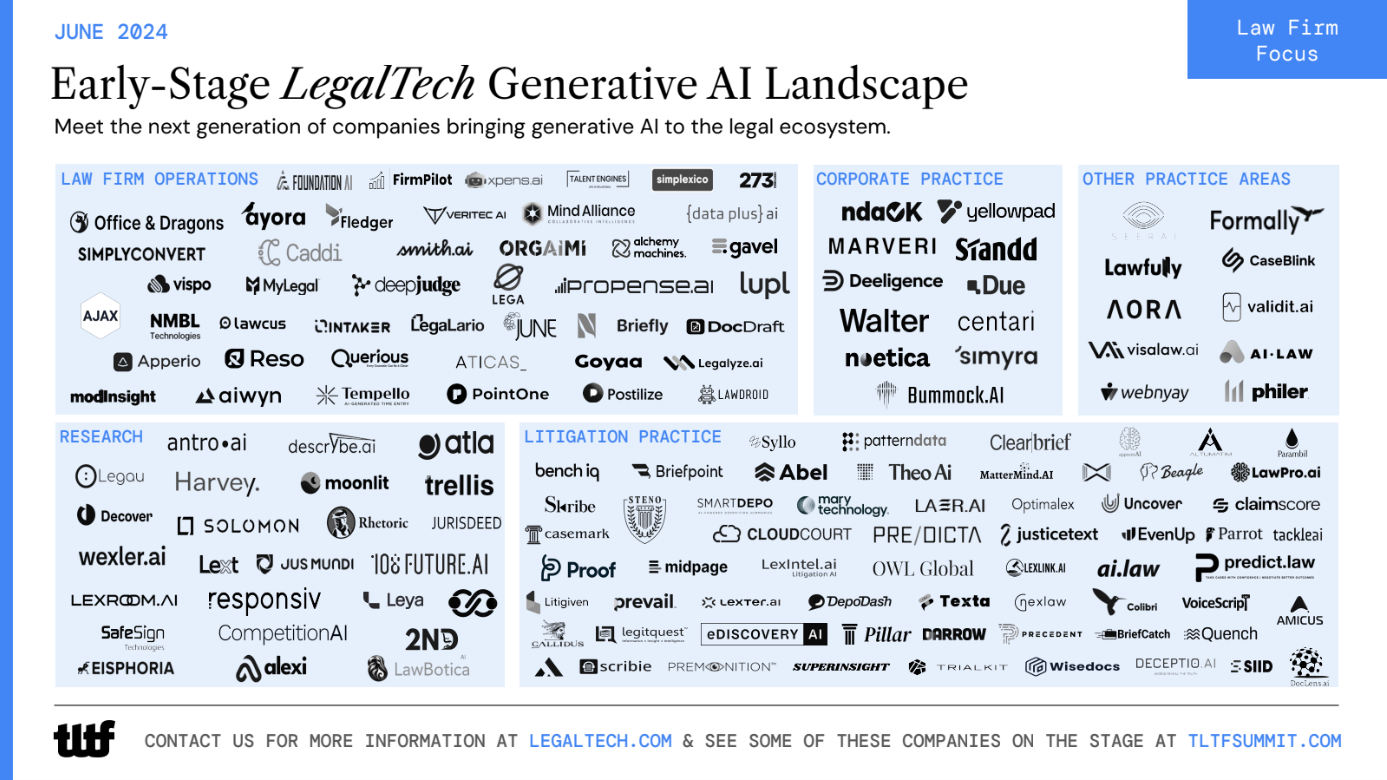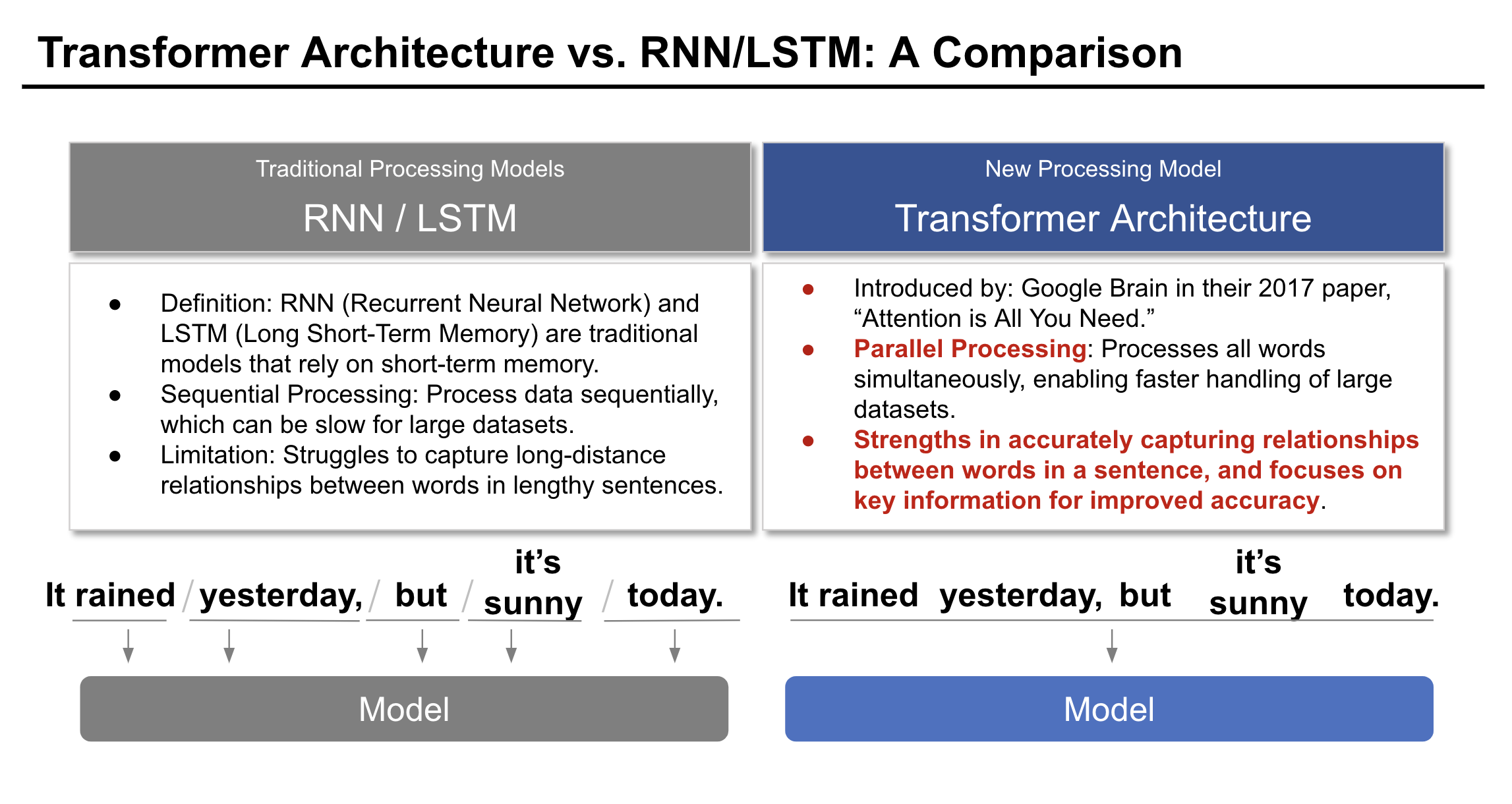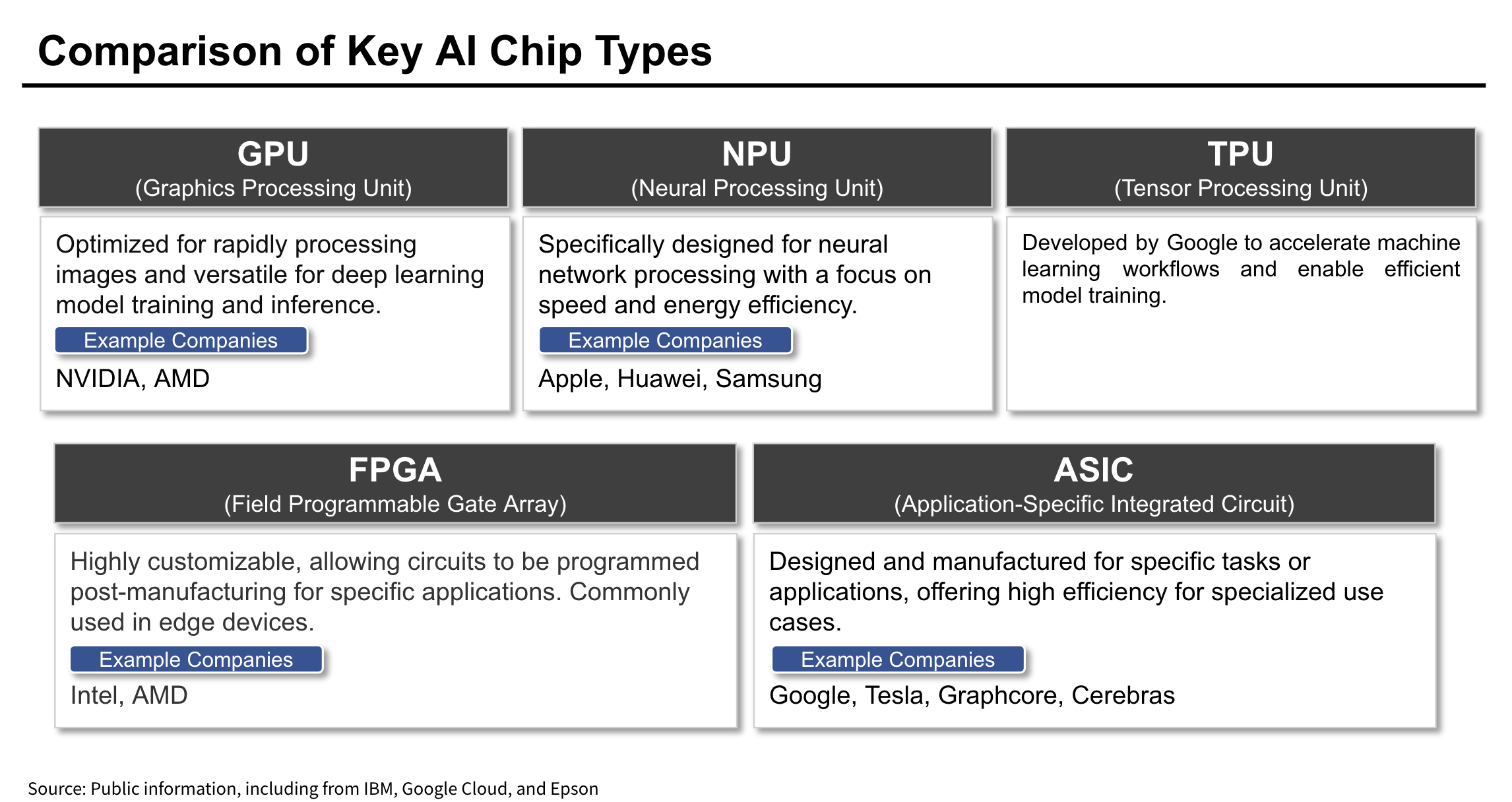[Series: AI Deep Dive]
With the rapid advancement of AI technology, AI-driven businesses are evolving at an unprecedented pace. What are the key trends to watch, and what competitive strategies should companies adopt in the AI era? Experts from Digital Garage, who specialize in AI both in Japan and globally, will provide insights and analysis based on their unique perspectives and expertise.
*Writer
Yuto Saeki; Business Co-Creation Department, GII Segment Division, Digital Garage, Inc.
Previously held roles at Monitor Deloitte, ByteDance, and ALL STAR SAAS FUND, with extensive experience in strategic investments, partnerships, and business development. Specializes in AI, fintech, and enterprise software, focusing on investing in and supporting startups in Japan and globally.
Generative AI and the rapid increase of AI startups
Since the release of ChatGPT in 2022, there has been an explosive growth in artificial intelligence (AI) startups. This surge has accelerated the development of applications, new language models, and supporting infrastructure. With so many new AI services emerging, staying up to date with the latest trends is becoming increasingly challenging.
According to the stock marketplace Forge Global, private-market investment in AI companies surged from 12% in 2023 to 27% in 2024. During this period, the average fundraising amount for AI companies increased by 140% compared to the previous year. This influx of investment has given rise to numerous AI startups. For instance, the image below highlights the large number of startups focused on generative AI in the legal field.

※Reference: The LegalTech Fund
The AI sector is also heating up in Japan. The government recently announced plans to establish a framework for supporting technological development and capital investment in AI and semiconductor fields. With a budget exceeding 10 trillion yen, these efforts will span seven years, concluding in FY2030.
This article examines the main segments of the vibrant AI industry, along with key startups and trends to watch. The next article in this series will explore strategies companies can use to thrive in competitive markets.
(*This article reflects trends in the AI industry as of November 2024. Please note that information about industry frameworks and startups may evolve due to technological progress and market changes. We recommend staying informed about the latest developments.)
Major IT segments and startups
The term “AI” encompasses a wide range of components, including models, cloud services, chips, and applications. Constant innovation across these areas is driving the emergence of new business opportunities. This article provides an overview of AI’s key categories, along with their history, technological trends, and notable startups.
<AI technologies>
・Model: Frameworks and rules enabling AI to learn information and make decisions.
・Development Platform: Tools for building and operating AI and machine learning systems.
・Cloud: Infrastructure for storing and processing large amounts of data.
・Chip: High-performance hardware for AI calculations.
・Application: Specific AI-powered services and tools.
Models: The “Brains” of AI Systems
In 2017, researchers at Google Research and Google Brain released a groundbreaking paper, “Attention Is All You Need,” introducing the transformer architecture (see image below). This innovation significantly advanced AI technology, powering models like ChatGPT. Co-founders of OpenAI, such as Ilya Sutskever and Lukasz Kaiser, played key roles in developing this architecture. Other prominent figures include Aidan Gomez, Co-Founder & CEO of Cohere, and Noam Shazeer, Co-Founder & CEO of Character.AI.

Models are the core of AI systems, enabling them to learn from data and make predictions or decisions. Major players like OpenAI, Anthropic (Claude), xAI (Grok), and Mistral AI are pushing the boundaries of precision and scale in AI models.
Like these companies, some are developing their own unique models. In contrast, Sakana AI employs an advanced approach called Evolutionary Model Merge, which combines multiple smaller AI models to automatically generate high-performance foundation models. While most developers rely on extensive datasets and significant computational resources to train a single, large-scale model, Sakana AI’s method stands out by merging models with distinct characteristics, aiming for greater efficiency and flexibility in model development.
AI model developers employ various methods that capitalize on their unique strengths. These approaches include building large-scale models and combining multiple models. As models become increasingly sophisticated and diverse, it may be possible to create more precise and flexible AI systems, further driving growth in AI technologies. Diversified AI model development is expected to lay the groundwork for tailored AI solutions in specific industries and fields, significantly expanding AI’s potential to benefit society and businesses.
AI Platforms: The Infrastructure for Development
Developers and data scientists require robust infrastructure to efficiently build and deploy complex AI models. Well-known development platforms like Google TensorFlow, Meta PyTorch, and Amazon Bedrock support users in launching AI startups and accelerating project implementation.
Hugging Face has secured substantial funding in this sector, raising $235 million in a Series D round during 2023, bringing its valuation to $4.5 billion. The company has positioned itself as a leading AI development hub, offering libraries for a wide range of AI models, including those for audio and images, with a particular focus on natural language processing (NLP). Another notable company is Weights & Biases, which raised $50 million in 2023 and is valued at $1.25 billion. Its platform specializes in tracking and visualizing AI development processes for customers, including OpenAI.
The field of platforms for diverse models and development processes, such as Hugging Face and Weights & Biases, is experiencing swift growth. These platforms are creating an environment that enables developers and companies to efficiently launch AI projects, contributing to the rapid proliferation of AI products in recent years. Instead of investing significant resources to build their own AI models, companies can leverage external ecosystems to reduce costs while deploying advanced models and algorithms. This trend is expected to play a key role in sustaining AI technology growth in the future.
Cloud: The Backbone of AI
Cloud services are crucial for training and deploying AI models, as they provide extensive computational resources and storage. Leading cloud providers such as Amazon Web Services (AWS), Microsoft Azure, and Google Cloud Platform (GCP) offer on-demand infrastructure tailored for large, advanced language models like ChatGPT. These models rely on dedicated cloud environments because they require repeated training on massive datasets, which exceed the capabilities of standard computing systems.
Cloud services offer a variety of tools for centrally managing AI model training, tuning, and deployment. Platforms like AWS SageMaker and Google Cloud AI Platform provide comprehensive support, enabling companies to efficiently develop AI solutions and rapidly harness AI technologies in optimized environments.
Cloud infrastructure gives users hardware resources—such as chips and data centers—in the form of virtual machines, containers, and serverless environments. In particular, this infrastructure is upheld by data centers, which are continually evolving to handle increasing numbers of AI applications. As they receive investments of trillions of yen, they are growing into large facilities with dedicated hardware like high-performance graphics processing units (GPUs) and tensor processing units (TPUs). It is important to keep an eye on data centers and underlying technology trends to identify changes in the cloud sector.
Cloud infrastructure supports AI model development and plays a crucial role in driving the widespread adoption and innovation of AI technology. It serves as an indispensable foundation for the next stage of AI evolution, making advanced technology more accessible and democratized.
Chips: The Engines of AI
AI chips must efficiently handle computation-intensive tasks, such as image recognition, natural language processing (NLP), and generative AI. The recent growth of AI technology has driven increasing demand for specialized AI chips that surpass the capabilities of standard CPUs.

One prominent example is NVIDIA’s GPU, widely utilized by data centers and research institutions. These GPUs are specifically optimized for AI model training, offering large-scale arithmetic processing and delivering exceptional deep learning performance.
AMD, Intel, and other major players have entered the AI chip market, where companies are employing a variety of approaches. For example, Israeli startup Hailo has developed edge AI chips specialized for small devices and embedded systems. These compact, energy-efficient chips are well-suited for edge AI applications in smartphones, drones, vehicle systems, and more. Meanwhile, Groq, valued at $2.8 billion as of August 2024, is focused on AI inference chips with extremely low latency, designed for real-time applications and services.
The AI chip sector is expected to continue evolving, with ongoing optimizations leading to smaller, more energy-efficient chips tailored for specialized purposes.
Applications: AI for Everyday Use
ChatGPT was not the first AI-powered application. Earlier examples include ELIZA, an early AI language program, as well as Siri and Amazon Alexa, widely recognized virtual assistants utilizing audio recognition and natural language processing (NLP). With advancements in technology, the generative AI boom of the 2020s brought a wave of applications for image recognition, audio recognition, NLP, and more. Technologies like ChatGPT, which can be operated using natural language, and DALL-E and Midjourney, which make visual creation more intuitive and accessible, have redefined knowledge work in fields such as marketing, education, and the creative industries.
Specialized applications are advancing rapidly, particularly in fields like medicine and law. AI apps designed to address specific industry needs are gaining significant prominence.
According to OpenAI’s categorization, current AI products can be classified as Level 3 or 4:
Level 1: Chatbots (AI capable of engaging in conversations)
Level 2: Reasoners (AI with human-like problem-solving abilities)
Level 3: Agents (systems that can perform tasks autonomously on behalf of users)
Level 4: Innovators (AI that assists in creating and discovering new ideas)
Level 5: Organizations (AI capable of handling the workload of an entire organization)
*Reference: OpenAI Scale Ranks Progress Toward ‘Human-Level’ Problem Solving
AI agents (Level 3) are systems capable of taking autonomous actions, understanding user objectives and intentions, and combining and executing multiple tasks. Examples include AutoGPT, which autonomously performs tasks using ChatGPT, and Einstein GPT, which leverages Salesforce’s customer relationship management data to enhance customer support and sales.
Level 4 aims to develop AI that assists with new product development and research projects. One of the closest examples to this is Sakana AI’s The AI Scientist, an AI system that automates the scientific research cycle—from generating ideas and conducting experiments to summarizing results, writing papers, and performing peer reviews. In a proof of concept, it costs just $15 (approximately 2,300 yen) to generate a paper on a single idea.
Specialized applications are becoming increasingly diverse across various fields and industries as AI technologies continue to advance. There are high expectations for AI to enhance business efficiency, foster creativity, and redefine knowledge work. AI applications are poised to generate new value for society while strengthening the foundations of daily life and business operations.
Understanding AI and Shaping Future Strategies
The growth and evolution of AI will have profound and far-reaching impacts on our lives and businesses. We may need to rethink company strategies and ways of living by assessing our current positions and understanding the potential and challenges posed by AI technologies.
As the AI market expands and competition intensifies across segments, business leaders must clearly define their company’s strategic positions. Keeping up with current AI trends and the pace of technological progress will be critical when exploring AI-driven business optimization and new business models. This insight can offer valuable guidance for staying competitive. Flexible strategies, aligned with technological advancements, will be vital for achieving sustainable growth.
AI technologies remain a work in progress. As new applications and products emerge, it will be crucial to leverage this momentum to reinforce corporate foundations and create environments conducive to adopting technological innovations.